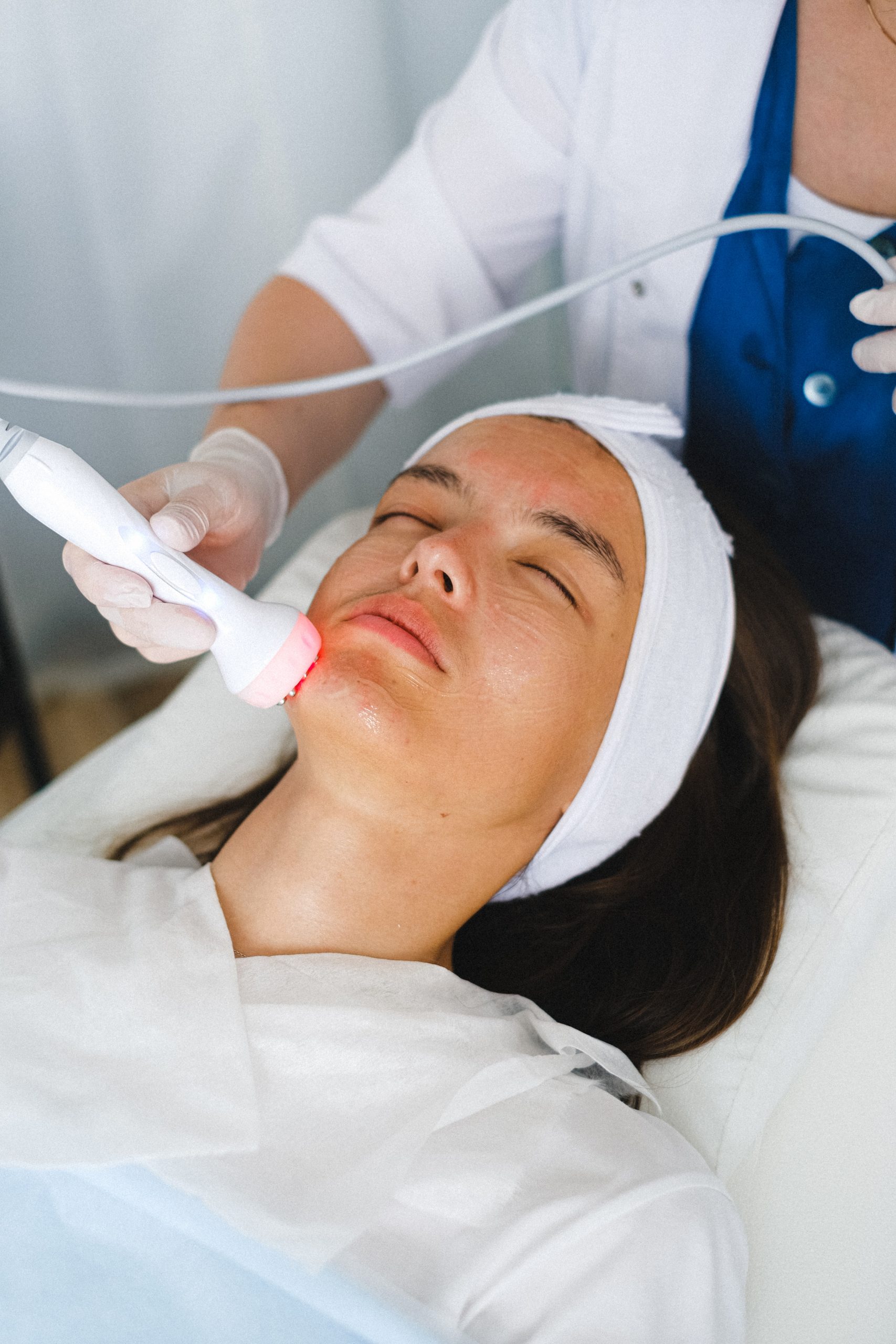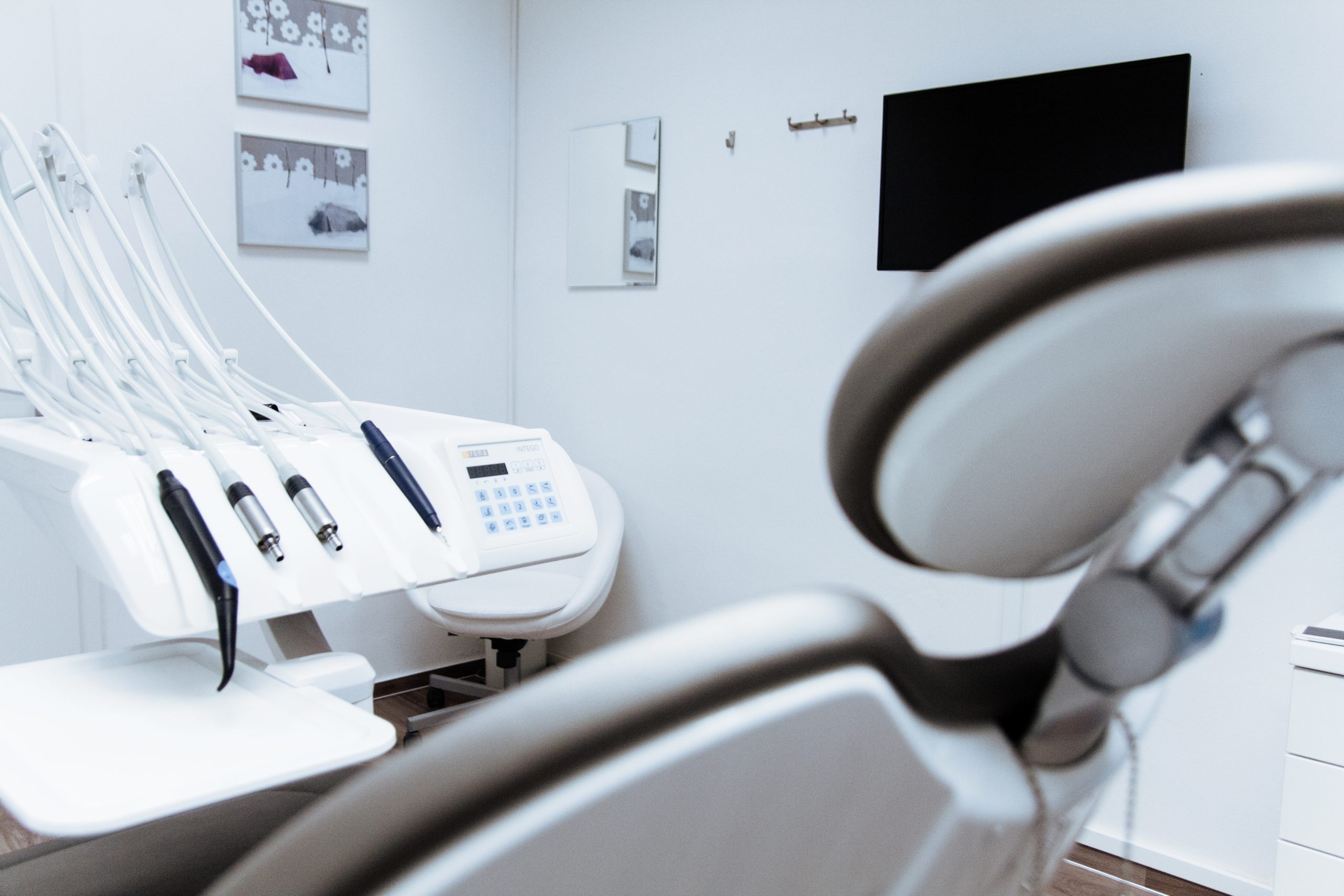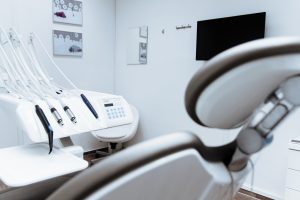Many physicians have come to realize the synergy and profitability of establishing a medspa business for their patients. Done right, it can be the perfect compliment. And being “off insurance” is a nice pivot for many physicians, especially those in the cosmetic space (or even many OB/GYNs). While most physicians starting a medspa already understand about the scope of practice and physician supervision issues for mid-level practitioners, most don’t seriously consider the issue of structure. In short, care has to be taken when structing these businesses.
Focus needs to be paid to the Florida Patient Self-Referral Act of 1992, which contains a number of “Stark-like” provisions, including those that impact the ability of a practicing physician to own and refer to the business. Many physicians may think (wrongly) that cash based businesses aren’t impacted by the PSRA or the Patient Brokering Act (PBA). Wrong! There is no such demarcation in those laws.
If the physician is retired or not practicing medicine, the structure issues are mitigated. But for physicians in practice who own a med spa, they need to understand the PSRA provisions that speak to ownership interest limitations and also to ownership interest disclosure requirements. While these issues are not insurmountable (and not nearly so daunting as supervising physician qualifications), they are not mere details. They’re important ones!
Medspa owners often think that the usual (and harsh) healthcare laws, like the Anti-Kickback Statute (AKS), the safe harbors and the Florida Patient Brokering Act (and other state based laws like those related to fee splitting) don’t apply to cash based med spas. That’s flat out wrong! There is no such cash v. insurance delineation with these laws. And while it’s true that the AKS applies only when state or federal healthcare program monies are at play, it’s also true that he PBA requires safe harbor compliance, thus expanding the AKS and safe harbor reach well beyond state and federal healthcare program based businesses.
Where will medspas see these laws most likely coming to bear? In healthcare professional and marketing compensation arrangements. This is where issues like percentage based compensation arrangements, for instance, are specially tricky. Medspa owners must be tutored on the meaning and application of all the laws mentioned above. And since the navigation and application of those laws necessarily requires (1) education about the laws, (2) exploration of the options, and (3) a risk assessment for each such option, it’s easy to understand why one size fits none! If anyone is selling the one size option, run! They’re (unknowingly) walking right into quick sand.


 Medical Spas nationwide, but specifically in Florida, have been opening up at a staggering pace. For many reasons, including new services, technological advances, and lax regulations, the opportunities for
Medical Spas nationwide, but specifically in Florida, have been opening up at a staggering pace. For many reasons, including new services, technological advances, and lax regulations, the opportunities for 
 By:
By: 
 By:
By: